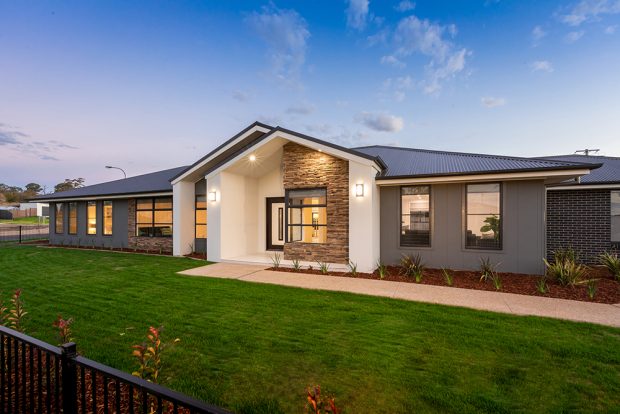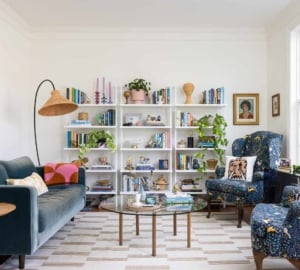If you are about to live with multiple generations of your family, you may be feeling anxious. You naturally want everyone to love your home and feel comfortable living there. However, appeasing people from different generations is not always easy.
The good news is that you can make your home suitable for all. Here’s how:

1. Create Dual-Purpose Bedrooms
Consider creating bedrooms that are dual-purpose. Rooms such as these can allow the owner of the bedroom much more privacy and freedom. Add a sofa, if you can, a desk if there is space and even a sink.
Consider letting the older people in your home live in a dual-purpose room. They can install their medical alert devices, add their favorite plants, and make the room their own.
Rooms such as this allow everyone to feel as if they have their own space and this is important.
2. Use Every Inch of Every Room
When you live in a multi-generational home, there’s always a chance that it could be cramped. Here’s where using every inch of every room can help. Consider:
- Installing extra shelves to create more storage space
- Make use of the space under beds so things can be kept there
- Add more shelving to the closets and cupboards you already have
- Fix small bookshelves high up on a wall so they can be used for storage
- Store items under desks, on window ledges, and in the basement or attic
- Consider creating a lidded storage space in one of your stairs
- Create extra closets in the corner of a room and add shelves, drawers, and a door
- Stall items up high if your rooms have high ceilings
- Make use of space in outbuildings and garages
- Consider paying to store items elsewhere if you’re short on room
Chances are, there are multiple areas in your home that could be converted into storage space. All you need to do is work out what you need to store in the space and how.
3. Build Better Bathrooms
Many older people struggle with their mobility. Here is where building better bathrooms can help.
Installing grab bars next to the toilet and bath can make a difference. Another useful change that’s often made involves removing the tub and installing a walk-in shower.
Some people even choose to convert their bathrooms into wet rooms. Rooms such as these allow those with mobility issues to remain seated while they wash.
Try to avoid installing cabinets under sinks if someone in your home uses a wheelchair. Alternatively, give them a bathroom of their own to use
4. Make Stairs Safer
Anyone with mobility issues will tell you that stairs can be difficult to walk on. However, it is possible to make stairs safer. Here’s how:
- Install a stair lift and extra rails
- Make sure there is plenty of space for people to get ready to use the stairs
- Ensure there is adequate lighting on the stairs and at both ends of the stairs
- Make each step on the stairs a little deeper if possible
- Widen the stairs if you can so there’s enough room for two people
- Let those with mobility issues have a downstairs bedroom
With a few adjustments, stairs can be less of an issue. You may not need to alter the stairs now. However, bear in mind that there may come a time when the stairs become an issue for some.
5. Improve The Lighting
A relatively easy way to create a multi-generational home that’s suitable for all is by improving the lighting. We’ve already touched on lighting on the stairs, but there are other important areas to think about.
Consider adding more lighting to doorways and areas of the home where there isn’t much light. Add lighting to the outside of external doors so that users can see more clearly.
Add lights to desks, side tables, cabinets, and other areas that are frequently used. The more lights there are, the safer everyone will feel in the home.
It is possible to create a multi-generational home that’s suitable for everyone. One of the main things you should focus on is mobility. How easy is it for someone to move around, reach a sink, open a window, etc? Can they clearly see where they are walking or will they need more light?
With a bit of work, you too could make your home suitable for everyone.



